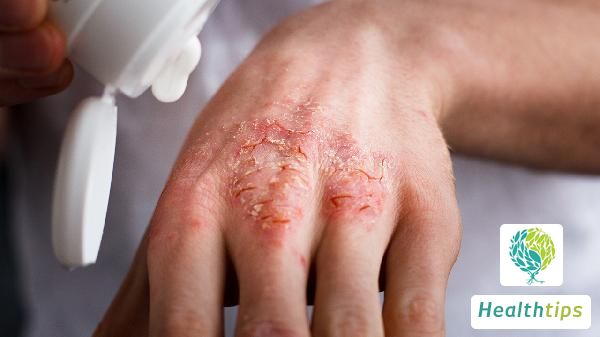"How to Remove Acne Scars and Marks with Laser Treatment?"
Laser Acne Scar Removal

Laser acne scar removal, also known as laser acne scar treatment, is a pioneering achievement in acne scar removal technology and the most ideal method for this purpose. It utilizes the instant explosive energy of lasers to eliminate all melanin in melanin acne scars. Additionally, lasers can effectively stimulate the regeneration of skin collagen, smoothing out uneven acne scars. Combined with the exfoliating effect of lasers, the actual results of acne scar removal are even more desirable.
Laser acne scar removal involves directing laser light onto the pigmented acne scar areas. The light refraction repairs the affected areas, effectively treating acne scars and inhibiting their recurrence. This method works quickly, does not damage internal skin tissues, and also stimulates collagen regeneration. Coupled with the laser's ablative effect, it combines the dual benefits of acne removal and scar reduction, making it particularly effective for treating acne.
Types of Acne Scars
Types of acne scars generally include pitted acne scars, hypertrophic acne scars, dark acne scars, and pink acne marks.
1. Pitted Acne Scars: Pitted scars are relatively common. When acne inflammation is severe enough to damage excessive amounts of collagen in the dermis, pits may form due to dermal collapse. Many acne patients tend to squeeze pimples forcefully, which, if done improperly, can significantly increase the risk of purulent infections, easily turning small pimples into large ones and leaving scars. Once pits form, they do not disappear naturally.
2. Hypertrophic Acne Scars: Hypertrophic acne scars are typically determined by inherent physical constitution and are more difficult to treat, with a tendency for recurrence. Contrary to pitted scars, these scars are hypertrophic and appear as raised, bright red protrusions on the skin where acne once was. They are red, swollen, and may gradually grow larger due to scratching or external stimuli. They are more common in individuals with overly active fibroblasts in their dermis, causing excessive tissue growth during wound healing.
3. Dark Acne Scars: Dark acne scars result from post-inflammatory pigmentation after acne redness, leaving dark, dirty-looking discolorations in the affected areas and dulling skin tone. However, these dark tones tend to fade gradually over time.
4. Pink Acne Marks: Pink acne marks, or erythema, occur when inflammation causes blood vessels to dilate in the area where acne once was. After acne resolves, the blood vessels do not immediately shrink back, resulting in a flat, reddish, temporary red spot. These spots become more prominent with increased skin temperature or during exercise. While they are not true scars, they gradually fade within six months.



















